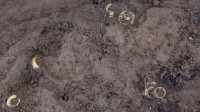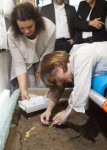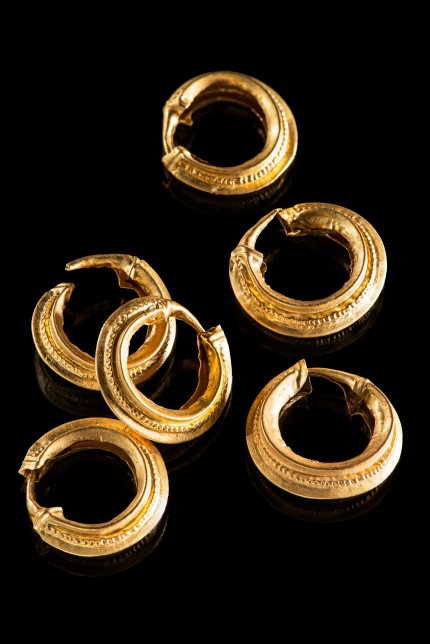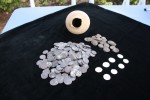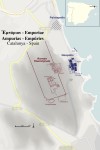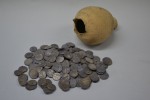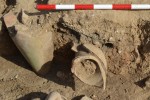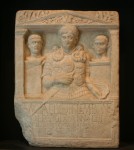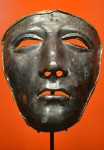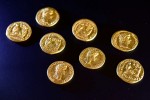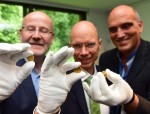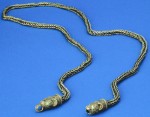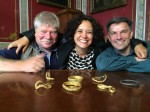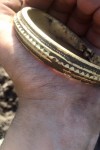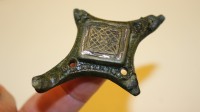 An American film student at New York University discovered a rare 12th century brooch during a field trip in Ireland earlier this month. McKenna McFadden was on a walking tour of Omey Island in Connemara, western Ireland, led by archaeologist Michael Gibbons when she spotted the back of a metal brooch while exploring rabbit burrows on the shore.
An American film student at New York University discovered a rare 12th century brooch during a field trip in Ireland earlier this month. McKenna McFadden was on a walking tour of Omey Island in Connemara, western Ireland, led by archaeologist Michael Gibbons when she spotted the back of a metal brooch while exploring rabbit burrows on the shore.
“When I first looked at it, I really thought nothing of it! It was really pretty and I thought someone had possibly dropped it,” [McFadden] recalled, not thinking that whoever dropped it did so centuries ago.
“I kept it with me until I caught up with Michael and he was very intrigued. He had me take him back to the site at which I found it. I didn’t fully realize how important the find was at the time. Now, I’m amazed and surprised and I’m very happy that I was able to place it in the hands of people who would appreciate it.”
A local radio personality took umbrage at an American making such a discovery in between stops on her bus tour of tourist traps. They worked it out with Ms. McFadden later after their listeners took them to task for being mean, but she didn’t get a chance to explain on the air that while it is her first time in Ireland, she’s gone quite a bit beyond the cheesy leprechaun-logo tour. McFadden is enrolled in NYU’s Summer in Dublin, a six-week program based at Trinity College, Dublin, in which students study Irish culture through multi-disciplinary classes in sociology, history, literature, Irish language, creative writing and faculty-led educational and cultural excursions like the one she was on when she stumbled on a 12th century kite brooch poking out of the sand.
The radio people went off on a goofy fantasy ramble about the great diplomatic incident that would ensue should McFadden have kept the brooch, but there was never any question of that. According to Ireland’s National Monuments Act, all archaeological objects found in Ireland belong to the Irish state. Anyone who makes an archaeological discovery must report it to the government or face a fine of up to 60,000 euros and five years in prison. Of course Connemara-born Michael Gibbons, a professional archaeologist with 30 years experience, was well aware of the legal requirements, and McFadden was just delighted to have found so beautiful and significant an archaeological treasure on her archaeology field trip to Omey Island.
They reported the piece to Galway city heritage officer Jim Higgins who identified it as a kite brooch from the 12th century. These types of pins were used to fasten cloaks and shawls 900 years ago. Only a handful of them have ever been found in Ireland. The brooch is now at the National Museum of Ireland where it will be studied and conserved.
